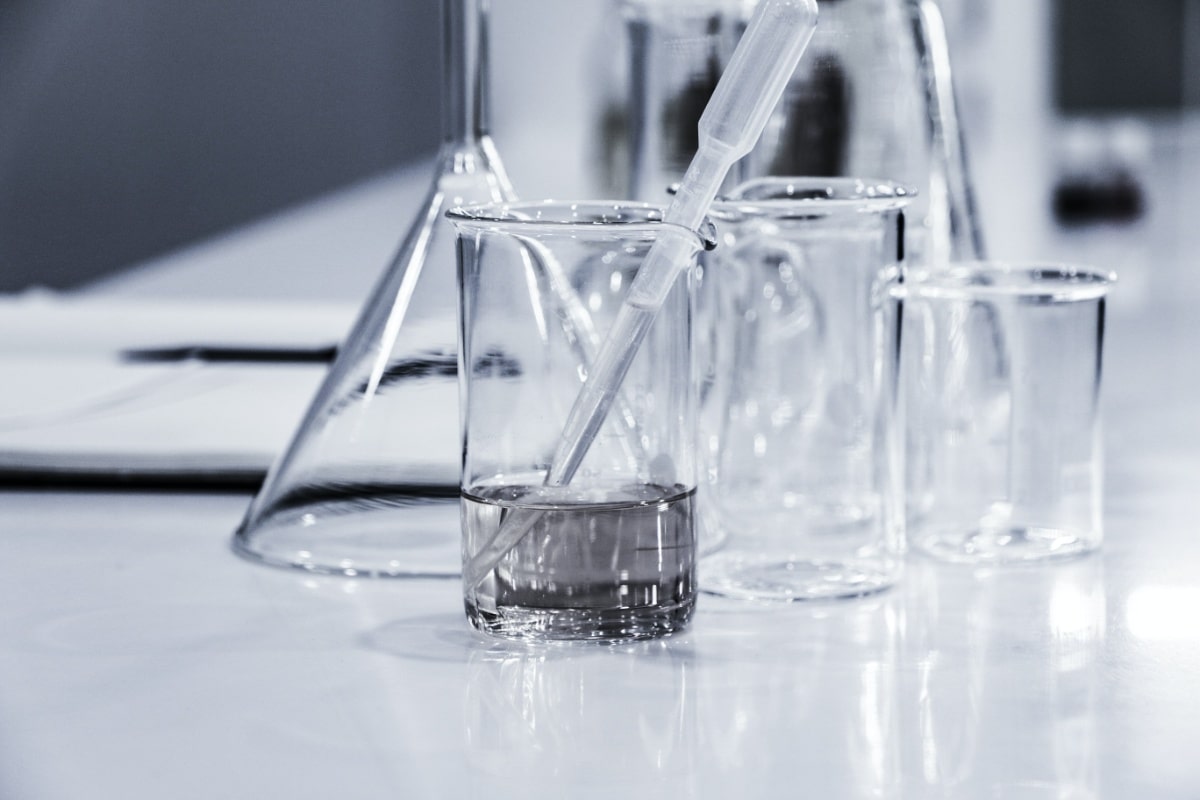
Aquarium tests are not only recommended, but can be considered mandatory to maintain water quality and ensure the health of our fish. Simple and very quick to use, they are a tool that helps both beginners and professionals in aquarism.
In this article we will see some of the most useful questions about aquarium tests., for example, what are they for, how are they used, what parameters do they measure ... And, incidentally, we recommend that you also take a look at this other article on CO2 for aquariums, one of the elements present in the water that must be controlled.
What is an aquarium test for?
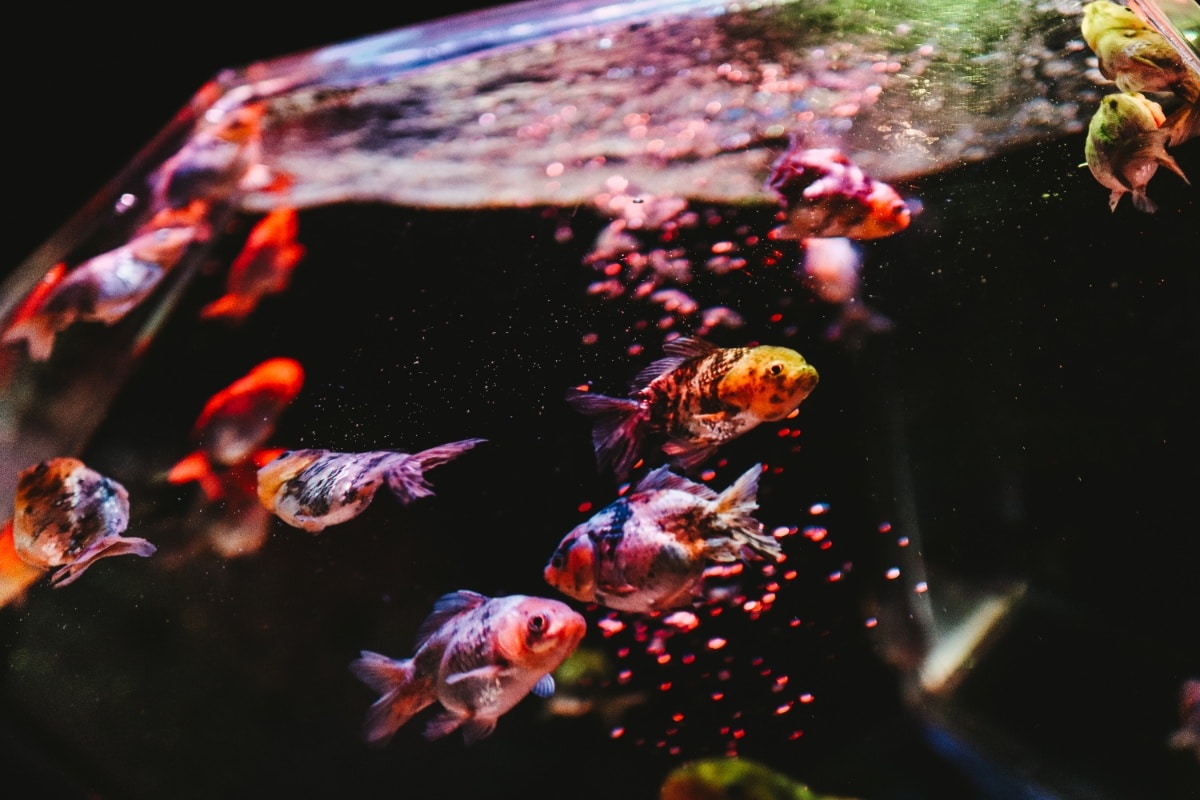
Surely you have already realized, if you have an aquarium, that water quality is vital to maintaining the health of our fish. These animals are very sensitive, so any change in their environment (and, obviously, their closest environment is water) can lead to health problems and even worse in some cases.
Aquarium tests serve precisely that, so that you know at any time if the water quality is good. To find out, you have to keep nitrite and ammonia levels under control, among others. As we will see, aquarium tests are not only done the first time we put water in it, but they are also a regular part of its maintenance.
How to do an aquarium test

Although in some pet stores they offer the possibility of testing the water in your aquarium, here we are going to focus on the kits that allow you to do your own test at home which, for obvious reasons, are the ones that can cause you the most doubts, especially if you are a newcomer to aquarism.
The operation of the tests is quite simple, since most consist of taking a sample of the water. This sample is colored (either by drops or by dipping a strip, or simply by giving you the numbers) and you will have to compare them with a table, included in the product itself, which will allow you to check if the values are correct.
Types of aquarium tests

So, there is three great ways to do an aquarium test, depending on the type of kit: by strips, with drops or with a digital device. All can be equally reliable, and using one or the other will depend on your tastes, the site you have or your budget.
Strips
The tests that consist of a strip kit are very easy to use. Normally, there are several strips in each bottle and its operation is extremely simple, since it simply consists of sinking the strip in the water, shaking it and comparing the result with the values that are specified on the bottle. In addition, many of the brands that sell this type of test include an app with which you can store the results and compare them to see the evolution of the water in your aquarium.
Drops
Liquid tests are the other great way to analyze the quality of the water in your aquarium. Right off the bat, they have more impact than the strips, since they consist of a lot of empty tubes and jars full of the substances. with which you are going to test the water (something to keep in mind if you don't want the tests to take up a lot of space). However, the operation is simple: you simply have to put a sample of aquarium water in the tubes and add the liquid to check the state of the water.
If you choose this test, in addition to reliability, make sure it includes stickers to identify each tube And so you don't accidentally get confused when taking the test.
Digital
Finally, digital type tests are, without a doubt, the most accurate on the market, although they are also usually the most expensive (although, obviously, they last much longer). Its operation is also very simple, since you simply have to put the pencil in the water. However, they have a problem: there are many models that simply consist of a PH test or at most other simpler parameters, which, despite being very precise, leave out other elements that we may be interested in measuring.
What parameters are controlled with an aquarium test?
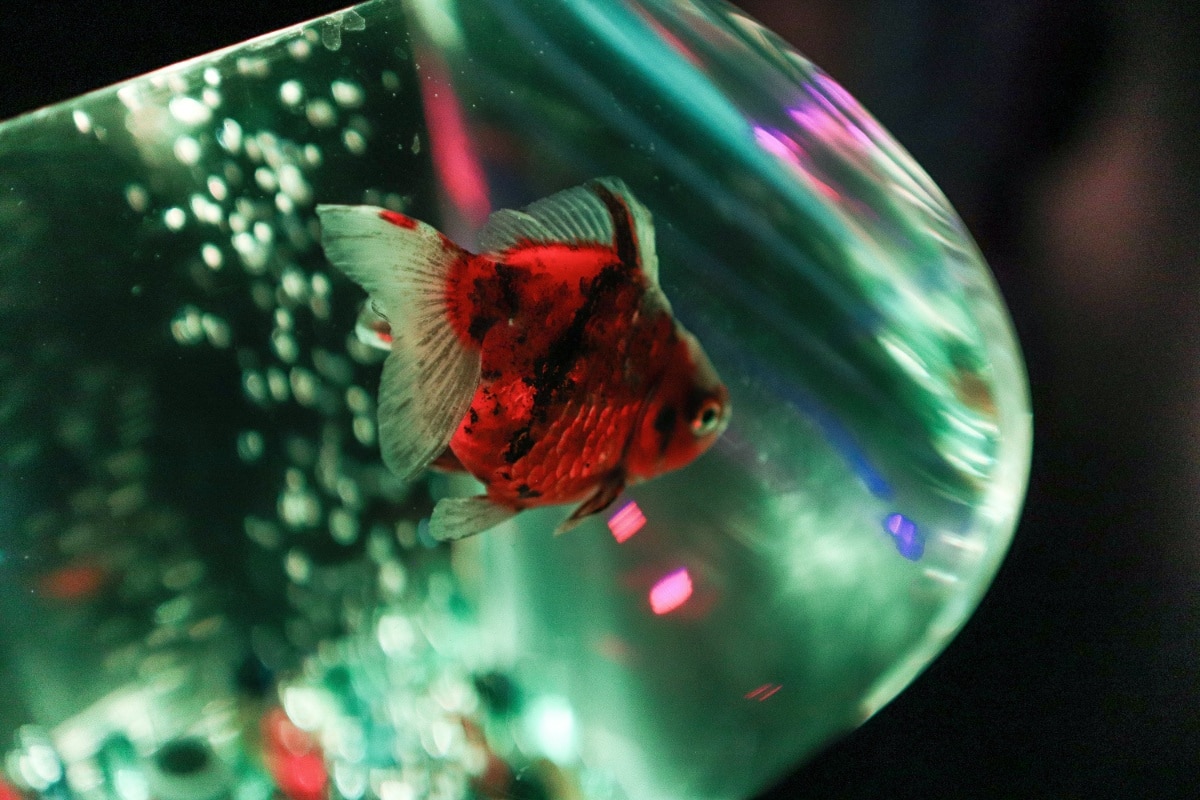
Most aquarium tests They include a series of parameters to measure and that are what determine if the water you have in your aquarium is of quality. Therefore, when buying this type of test, make sure that they measure the following substances:
Chlorine (CL2)
Chlorine is a substance that can be incredibly toxic for fish and even cause death if it is not within minimum parameters. In addition, your reverse osmosis membrane can be overwhelmed and the worst thing is that it can be found in places as close as tap water. Keep the chlorine levels in your aquarium at 0,001 to 0,003 ppm so that the quality of the water does not suffer.
Acidity (PH)
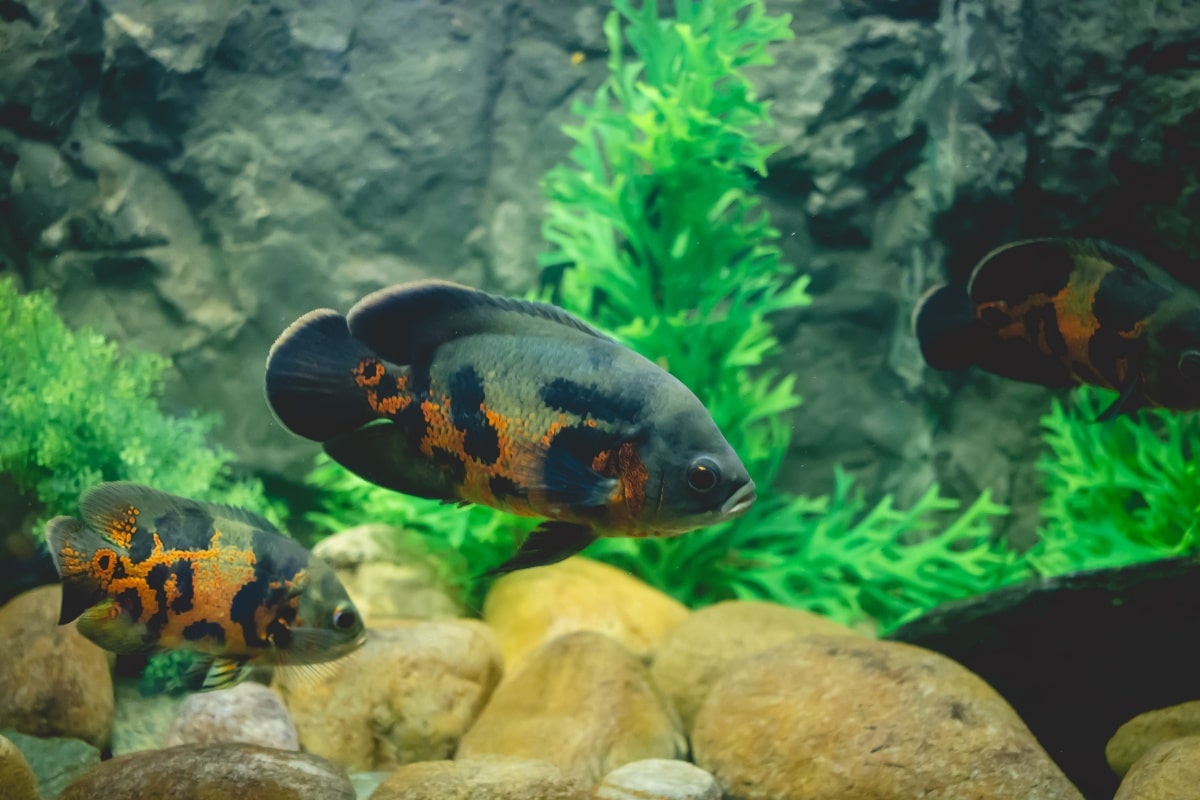
We have previously said that fish do not support changes in water, and PH is a good example of this. This parameter measures the acidity of the water, which, if it undergoes any small change, can cause great stress to your fish. and even cause them death, poor things. It is important to have clear PH levels even when you arrive from the pet store: you will have to accustom your fish by measuring the PH of the store and gradually acclimating them to those of your fish tank.
In addition, the acidity of the water is not a fixed parameter, but changes over timeAs the fish feed, they poop, the plants become oxygenated ... therefore, you have to measure the PH of the water in your aquarium at least once a month.
El PH level that is recommended in an aquarium is between 6,5 and 8.
Hardness (GH)
The hardness of the water, also known as GH (from the English general hardness) is another of the parameters that a good aquarium test should help you to calibrate. Hardness refers to the amount of minerals in the water (especially calcium and magnesium). The complicated thing about this parameter is that depending on the type of aquarium and the fish you have, one measure or another will be recommended. The minerals present in the water help the growth of plants and animals, that is why their parameters cannot be too low or too high. The recommended, in a freshwater aquarium, are levels of 70 to 140 ppm.
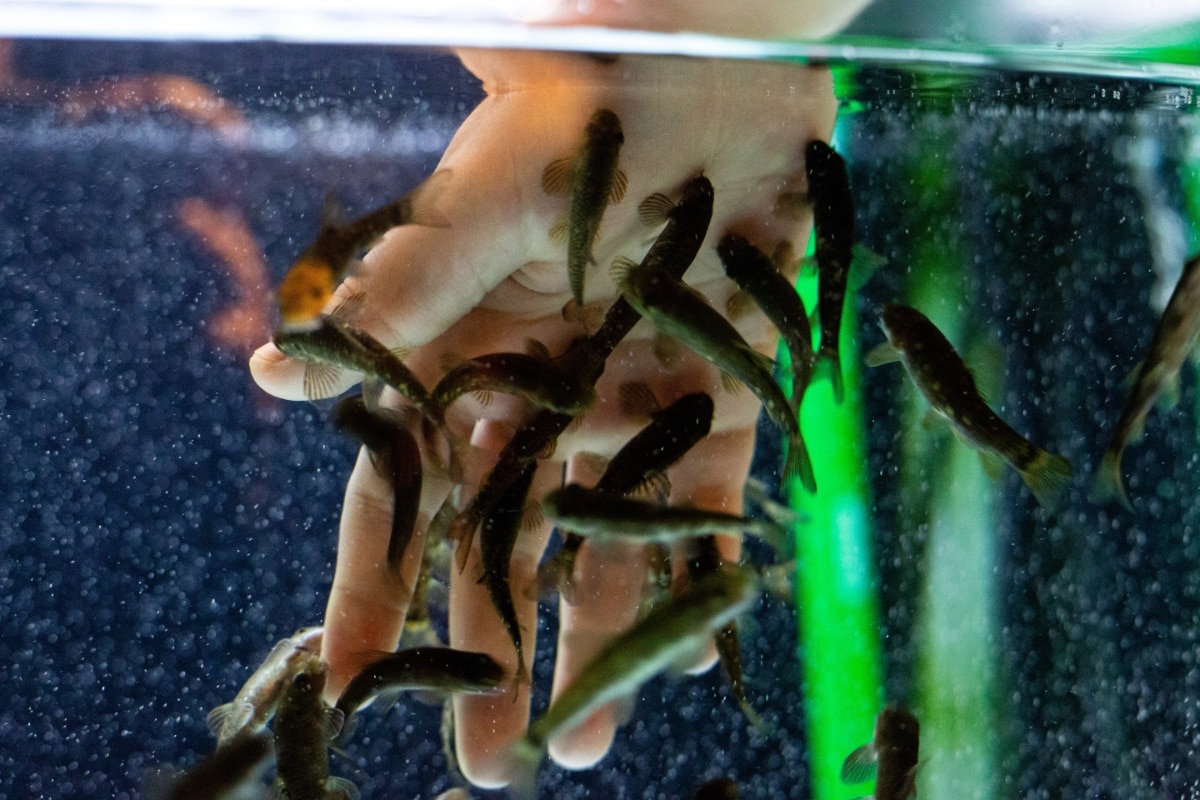
Toxic nitrite compound (NO2)
Nitrite is another element with which we must be careful, since its levels can skyrocket for various reasonsFor example, by a biological filter that does not work properly, by having too many fish in the aquarium or by feeding them too much. Nitrite is also difficult to reduce, since it is only achieved through water changes. It is very common to find high nitrite levels in new aquariums, but after cycling they should go down. In fact, nitrite levels should always be at 0 ppm, as even as little as 0,75 ppm can stress fish.
Cause of algae (NO3)
NO3 too it is known as nitrate, a name very similar to nitrite, and in fact they are two elements with a very close relationship to each other, since nitrate is the result of nitrite. Luckily, it is much less toxic than nitrite, although you also have to check its level in the water so that it does not lose quality, since, like PH, NO3 also appears, for example, due to the decomposition of the algae. Ideal nitrate levels in a freshwater aquarium are less than 20 mg / L.
PH stability (KH)

KH measures the amount of carbonates and bicarbonates in waterIn other words, it helps to neutralize acids since the PH does not change too quickly. Contrary to other parameters, the higher the KH of the water, the better, since it will mean that there is less chance that the PH changes abruptly. Thus, in freshwater aquariums the recommended KH ratio is 70-140 ppm.
Carbon dioxide (CO2)
Another of the vital elements for the survival of an aquarium (especially in the case of planted ones) is CO2, vital for plants to carry out photosynthesis, although toxic to fish at levels that are too high. Although the recommended concentration of CO2 will depend on many factors (for example, if you have plants or not, the amount de peces…) the recommended average is 15 to 30 mg per liter.
How often do you have to test the aquarium?
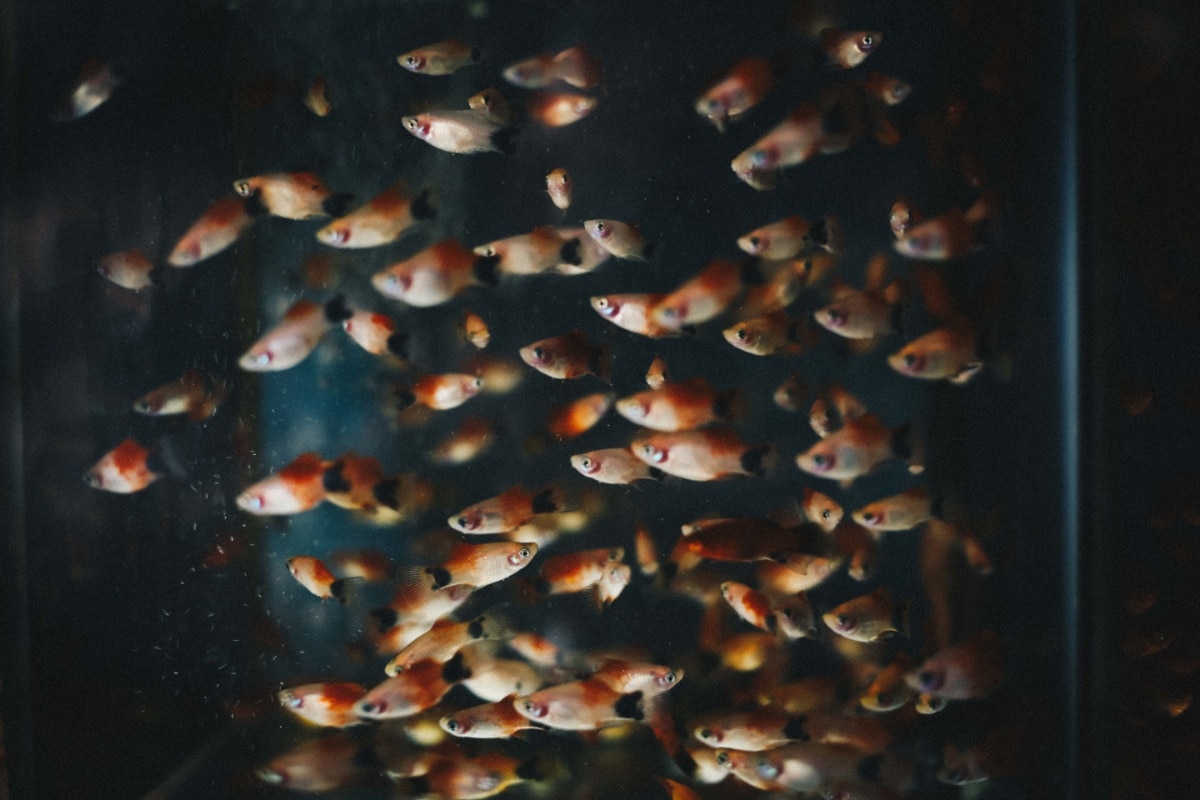
As you have seen throughout the article, it is very important to carry out a test for the aquarium water every so often, although it all depends on the experience you have on the subject. For initiates, for example, it is recommended to test the water every two or three days, just as after cycling a new aquarium, while for experts the test can be extended to once a week, every fifteen days or even a month .
Best Aquarium Test Brands
Although there are many aquarium tests on the marketIt is important to choose one that is good and reliable, or else it will do us little good. In this sense, two brands stand out:
Tetra
Tetra is one of the brands that have always been present in the world of aquarism. Founded in 1950 in Germany, it stands out not only for its excellent strips for testing aquarium and pond water, but also for a wide variety of products including pumps, decorations, food ...
JBL
Another German brand of great prestige and reliability, which started in 1960 in a small specialist shop. The JBL aquarium tests are very sophisticated and, although they have a model with strips, their true specialty is in the drop tests, of which they have several very complete packs, and even replacement bottles.
Where to buy cheap aquarium tests
How can you imagine aquarium tests are available especially in specialized stores, since they are not a general enough product to be available anywhere.
- Thus, the place where you will probably find the most variety of tests to measure the quality of the water in your aquarium is in Amazon, where there are test strips, drops and digitals to give and sell, although that same profusion of brands can be a bit messy, especially if you are new to this topic.
- Furthermore, in specialized stores such as Kiwoko or TiendaAnimal You may not find as much variety as on Amazon, but the brands they sell are reliable. In these stores you can find both packs and single bottles, and also have personalized advice.
We hope that this article on aquarium tests has helped you introduce yourself to this exciting world. Tell us, how do you measure the quality of the water in your aquarium? Do you prefer the test by strips, by drops or digital? Is there a brand that you especially recommend?